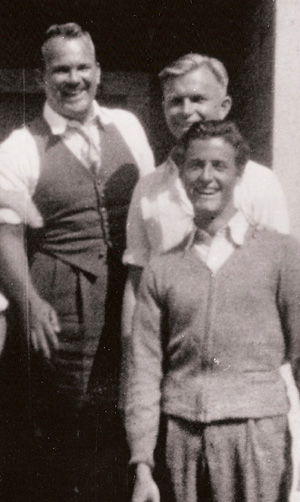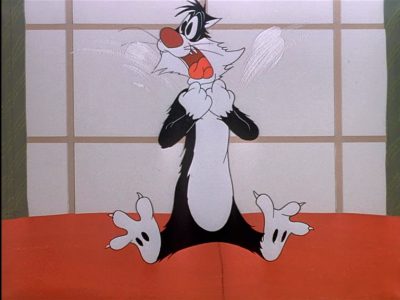Horton Hears a Who! (Jimmy Hayward & Steve Martino, 2008)
We’ve entered the second decade of computer-animated movies (Toy Story having come out way back in 1995), and we are now starting to see the really interesting things that can be done visually with the medium. When I wrote about Ratatouille, I remarked upon the fantastic look it had, which seemed to me a leap ahead of other such films I’d seen; now the new film from animation studio Blue Sky, Horton Hears a Who!, pushes the medium in a different way by adapting the distinctive visual look of Dr Seuss to computer animation. They do a good job: the film has some really exciting visual moments. Yet it’s hamstrung by the accumulated bad habits of a decade of these kinds of films.
The success of the Blue Sky studios’ visual translation of Seuss’ art isn’t apparent until a little way into the film. The opening sequences, set in the jungle and featuring the Jim Carrey voiced Horton, show only a light Seuss influence in the visuals and character design. Only the distinct Seussian rhyming in the narration (and the story itself) point to the Seuss source. However, once Horton hears the Who – a tiny being on a speck of dust that floats past Horton – and we enter the world of Whoville, the visuals pick up considerably. One of the opening shots of Whoville is a giddy flying shot over the town, and its great to see the world of Dr Seuss brought to life like this, complete with its rounded architecture and elaborate stairs and ramps. It’s a really good moment, and is at least a part pay-off of the admirable ambition of Blue Sky in adapting such classic material. For all the fuss about Pixar – whose work generally remains far superior to Blue Sky’s – they haven’t attempted to take on a source so well loved, or so distinctive.
Continue reading →

